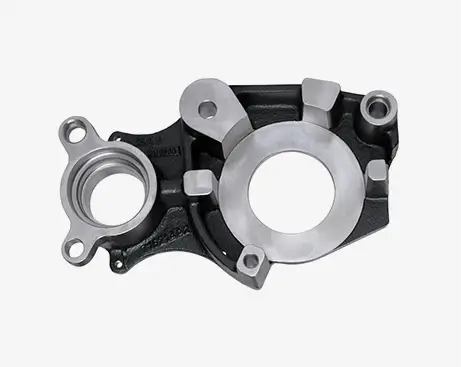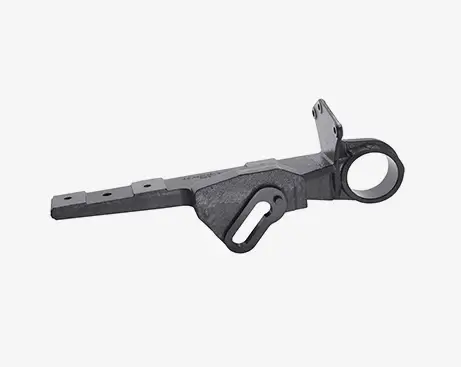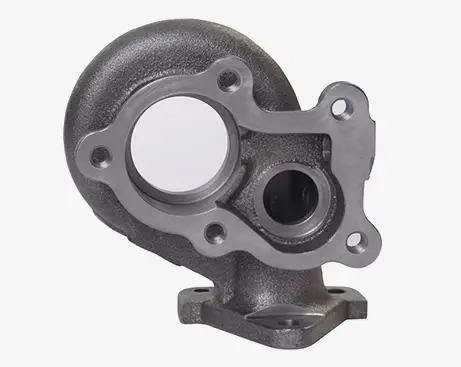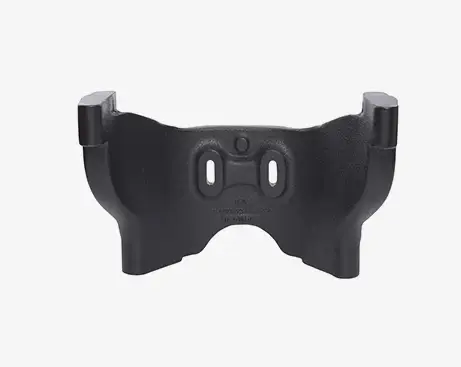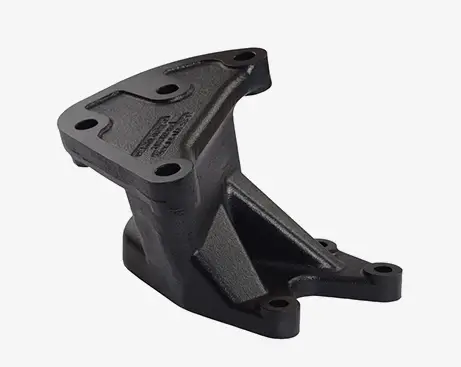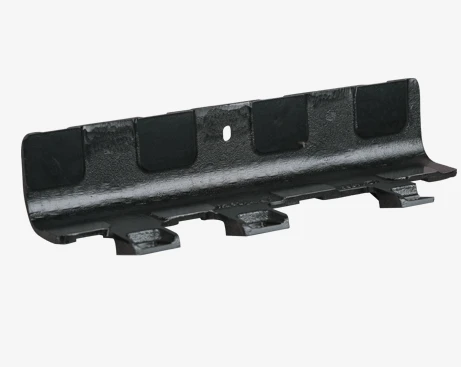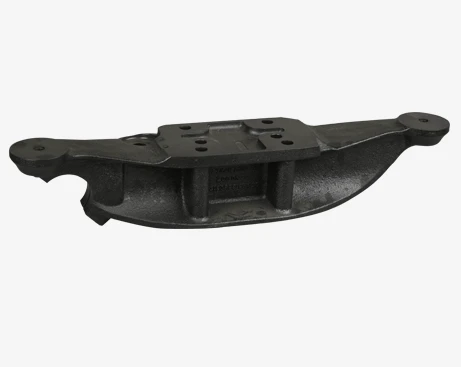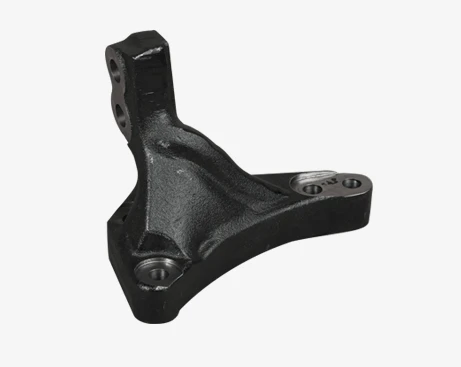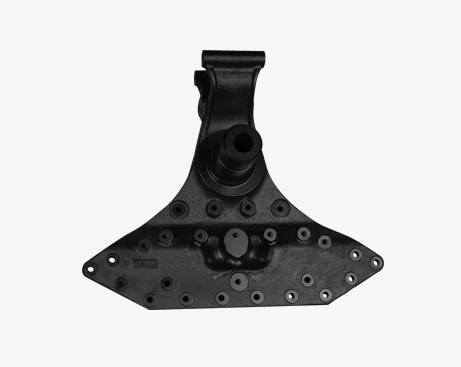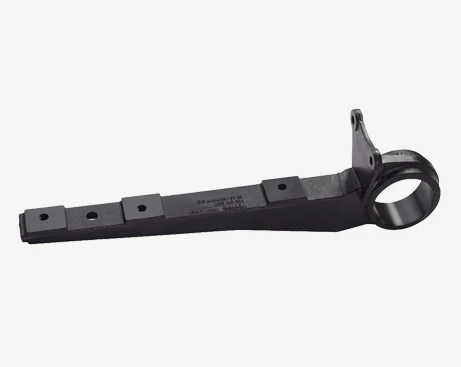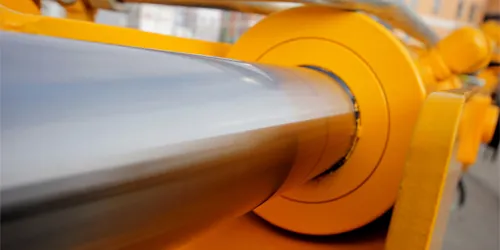Automotive
The rapidly growing automotive industry in India is one of the largest in the world and it continues to grow at an incredible pace. JS Autocast Supplies various castings such as automotive turbine housings, bogie brackets, steering brackets, 3 Cylinder exhaust-manifold, brake disc, Engine Mount and Base trunnion for automotive applications. We have the ability to deliver fully finished automotive industry castings according to our customers’ requirements.
Steering Brackets
Steering Brackets
Most automotive vehicles are integrated with the power steering system, which delivers the primary functionality of controlling the vehicle's movement in the designated direction. The system amplifies the applied force acting on the steering controllers that assist in turning the vehicle. The precise movement is ensured by the mechanism of the hydraulic or electric motor.
Automobile manufacturers aim to create a comfortable driving experience for the user. This starts with the upgrade and safety of the system. The power steering Bracket Castings are the supporting tool that assists in clutching the system intact to its pre-defined position. The Cast Iron Bracket is designed to have a hole provision to bolt and enhance the strong connection of the steering pump in the vehicle.
The design detailing of the Steering Brackets Iron Casting differs with the type of steering system integrated into the automobile. The accuracy of turning the wheel with respect to speed and torque is critical for safe vehicle riding. The steering system has sensors that command the vehicle to operate and move in the intended direction seamlessly without causing malfunction. We, the Casting Manufacturers of Steering Bracket, ensure the cast iron product delivers seamless function.
The advantages of power steering systems are
The power steering system has the functionality of resisting the load transmission from the wheel to the steering column when the vehicle is operated. The system aids the driver in putting the minimum effort into controlling the vehicle's movement and enhances the comfortable driving experience. The torque applied to the wheel is optimized when the vehicle is integrated with a power steering system.
Steering Bracket Casting system provides competitive advantages to the automobile manufacturer in integrating power steering, which assists them in improving the operational efficiency and customer rating of the vehicle. With the sensors in the steering system, the required level of input is transmitted to the electronic motor, which is installed at the end of the steering column, which induces the wheel to turn at the defined angle without flaws.
Engine Mounts
Engine Mounts
The design and dimensions of the Engine Mounts Iron Castings primarily focus on the application it serves and the insulation that it provides to resist the generated vibration when the vehicle is operated. The materials involved in the manufacturing of the Engine Mount Casting should have the technical properties to absorb the energy, irrespective of the mount design. A molded rubber bush or mount is the most commonly preferred material that has direct contact with the engine when it is attached to it. The rigid connection between the engine and the Cast Iron Mount is secured with a bolt. The metal surface encloses the rubber mount to extend the workability, durability, and life of the mount.
Based on the engine specification and the number of bolting connections designed, the Engine Mount Casting are manufactured in standard and customized sizes to satisfy the requirements. The complete structural design of the mount is decided by the calculated load bearing of the mount when connected to the engine. The damping and flexibility of the Cast Iron Engine Mounting are enhanced with the addition of hydraulic fluid to the mount, and therefore, it withstands the fluctuating load when the engine is operated in different working conditions.
The Function of an Engine Mount
The Cast Iron Engine Mount is designed to deliver versatile functions depending on the engine type integrated into the vehicle. The most commonly preferred engine mounts are
Single-Piece Isolator : It is a type of engine mount installed on the rear side of the engine. It is featured with the elastomer for the engines that are used in stationary applications.
Hydraulic Engine Mount : It delivers significant function and is preferred in vehicles where the engine emits more noise and vibration. The controlled spring rate is maintained with the internal orifice to inject the internal fluid into the mount. Hydraulic Engine Mount Castings are integrated into vehicles with four-cylinder engines, such as trucks and buses.
Two-Piece Mounts : These engine mounts are attached to vehicles that are designed to withstand high rebound load cases, such as off-road equipment.
Base Plate for Flange Mounts : These mounts are suitable for vehicles where the installation of the engine is easy and has easy access to the base flange. These parts restrict the additional attachment of the frame to fit the engine in a vehicle. We, the Casting Manufacturers of Engine Mounts have the capability to cast different types with precision.
Exhaust Manifold
Exhaust Manifold
An exhaust system comprises various components, and an Exhaust Manifold Iron Castings are one of the important parts that determine the performance efficiency of the system. The material preferred in the Manifold Castings must exhibit technical properties such as oxidation resistance, high-temperature strength, and increased thermal fatigue life. During the functioning of the engine, there is some output delivered through the Cast Iron Manifold. The working condition is of very high-temperature record at 900° C. The material should have the composition to permit forging into the desired shapes, ranging from simple to complex. The Cast Iron Manifold Castings are subjected to extreme stress conditions, which assist in determining quality and durability.
The surface finish of the Exhaust Manifold Casting is highly customized, and the type of finish depends on the application it serves. Ceramic-type finishing and heat-resistant finishing are the most commonly preferred methods to enhance manifold finishing. Cast iron is the fundamental casting raw material that is highly adaptable to deliver the desired finish. We, the Cast Iron Exhaust Manifold Manufacturer, are the experts to cast the product with the pre-defined surface finish.
Why is the exhaust manifold important?
Exhaust Manifolds are considered to be the lungs of the engine, which deliver seamless functionality in emitting the output. When the engine is operated, the combustion reaction takes place and the gases are generated, which have to be discharged on a timely basis. It is quite necessary to emit, as it influences the performance of the engine. These gases are passed into the catalytic converter to filter the combusted gases, neutralize them, and emit them into the environment through the Exhaust Manifold Casting.
The system delivers the purpose of proper emission of the combustion gas, which enhances the smooth running of the vehicle engine. The efficiency of the Cast Iron Exhaust Manifold impacts the vehicle's performance in terms of fuel economy and life expectancy.
Turbine Housing
Turbine Housing
The Turbine Housing Iron Castings is a component that is integrated into the vehicle with turbo engines. The casting product is designed to channel the exhaust gases. The working efficiency of the Cast Iron Housing impacts the end result and performance of the turbocharger.
The engine uses the exhaust gas to accelerate the rotation speed of the turbine wheel, and the pressurized air is transferred to the intake manifold by the compressor wheel. The installation of the turbocharger in the vehicle serves the primary function of improving the output capacity of the engine. The metal sheet casting preferred in the manufacturing of Turbine Housing has a greater advantage over the conventional casting method, featuring lightweight, low cost, low heat capacity, and short-time manufacturing.
Basic Principles
The exhaust gas emitted by the engine and collected in the Turbine Housing Casting is passed into the volute, which forces the shaft wheel assembly to rotate at turbo speed. The component is designed to withstand hot exhaust gas as the part is attached adjacent to the turbo engine, where the air passage is designed to permit the hot flow. The materials preferred in the Casting of the Turbine Housing possess the technical properties of withstanding up to 1050°C.
Volute : It is a component that connects the passage between the inlet and outlet of the Cast Iron Turbine Housing, where the exhaust gases are passed. The valve has a design detailing where the diameter of the passage narrows at a defined angle, which amplifies the velocity speed of the gas flowing from inlet to outlet. The measurement unit of the volute is A/R (area over radius). The larger the value, the larger the passage, and it changes with the turbine wheel size integrated into the engine.
A/R (Area Over Radius) : It is a standard measuring criterion calculated by dividing the inlet cross-sectional area by the radius, which is obtained from the centroid area to the centerline of the turbo. The changes made in the A/R of the Cast Iron Turbine Housing significantly affect its performance. The smaller the value of A/R, the more rapidly it accelerates the velocity of the exhaust gas, thereby maximizing the power of the turbo engine. As a result, a small push in the torque ramps up the speed of the vehicle, and a quick pickup is the end result. The sudden acceleration of the engine performance due to the turbocharged engine enables the vehicle to attain its full potential at a higher RPM. The larger A/R value indicates the velocity of the exhaust gas passing through the Turbine Housing Casting is lower, and hence, the vehicle attains its full potential a bit longer. The engine speed gets ramped up gradually, resulting in less torque, low pickup, and a longer time to reach the reserved speed of the vehicle. The decision made on the A/R value depends on the vehicle and the type of engine integrated into it. We, the Casting Manufacturers of Turbine Housing, take the A/R values and other parameters into consideration when engineering the casting product.
Other Applications
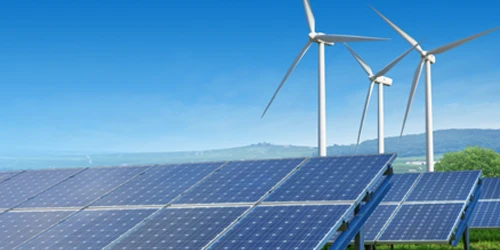
Wind Energy
The Worldwide wind market is becoming a vital source of power generation with a lesser carbon footprint.
View More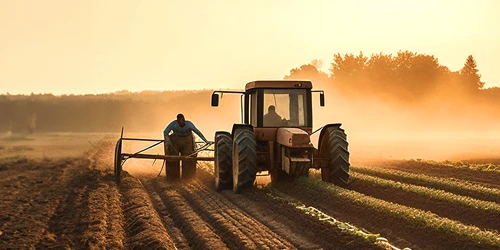
Agriculture
Manufacturing castings for the agricultural segment needs specialized expertise to meet the desired requirements.
View More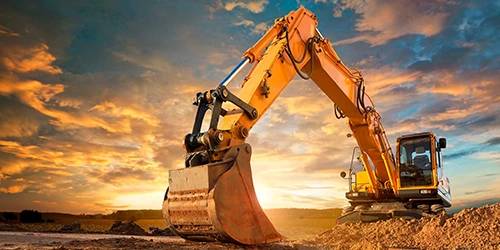
Off-Highway
The Off-Highway industry relies highly on large equipment and vehicles for operations and transportation.
View More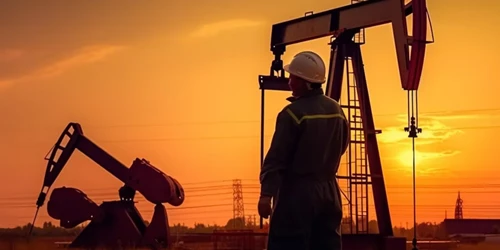
Oil & Gas
Each and every equipment in the oil and gas Industry are designed and manufactured with a chosen quality as it is the major contributor to the world economy.
View More






